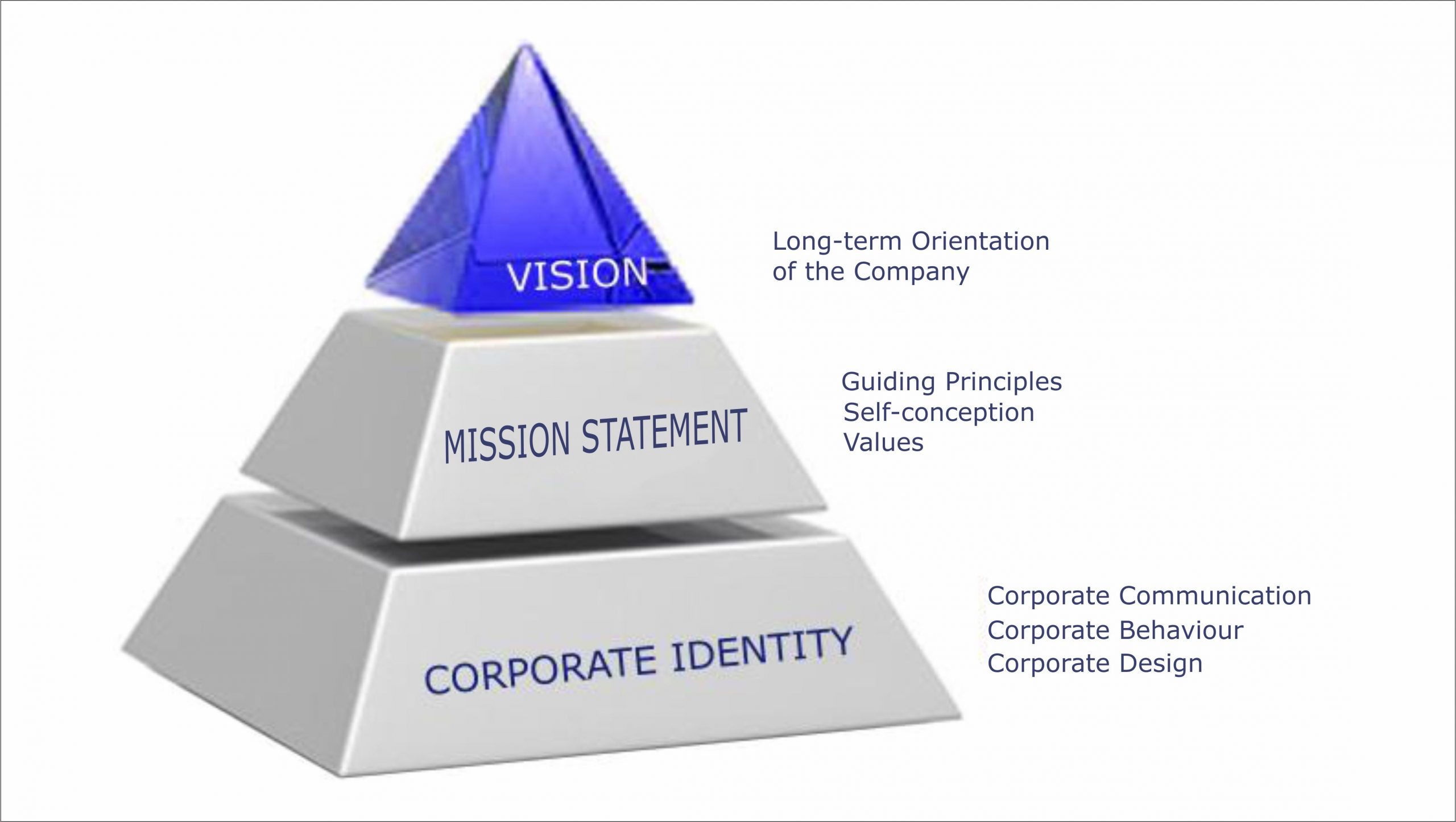Important people are often reported to have had a vision. This was their motivation to achieve greatness. That is why many stories and myths are entwined around the concept and meaning of the vision and the power it gives to inspire others and win them over to a common goal.
A corporate vision is a self-designed, distant vision of the future. This vision of the future applies to the entire business activity and represents a superordinate goal of the company. The scenarios, which are usually consciously oriented towards social and societal aspects of daily life, make a vision tangible and desirable.
That the entrepreneurial vision is by no means a 21st century idea is proven by pioneers of this practice such as: Gottfried Daimler, Werner von Siemens and Henry Ford.
According to Menzenbach (2012), many of today’s well-known international corporations have based their existence on a vision of the company founder in the early industrial 19th century or in the years of awakening in the early 20th century.
For most people, associations with a vision have a positive connotation. Here, “thinking big”, imagining what is achievable in distant future or drawing a striking ideal image plays a decisive role.
What would be the best possible result that a company could achieve with its business activities? And how can this fantasy scenario be manifested concisely and strikingly in the minds of the employees in order to anchor the greatest possible identification with the company’s goals and thus maximum motivation and willingness to perform?
If everyone in the company is on fire for their own ideas, they will be a lot closer to achieving them.
The vision is therefore a positive and therefore desirable image of the future of the company. In terms of time, a sufficiently wide projection into the future is required, and in terms of content, the vision must be close to the realisable state (Göpfert 2005). It forms the basis for the corporate mission statement and the corporate identity derived from it.


